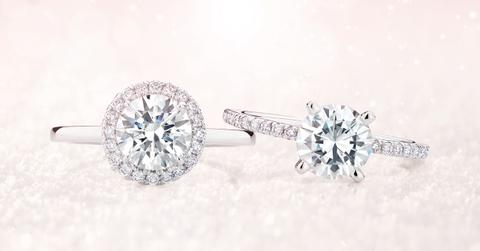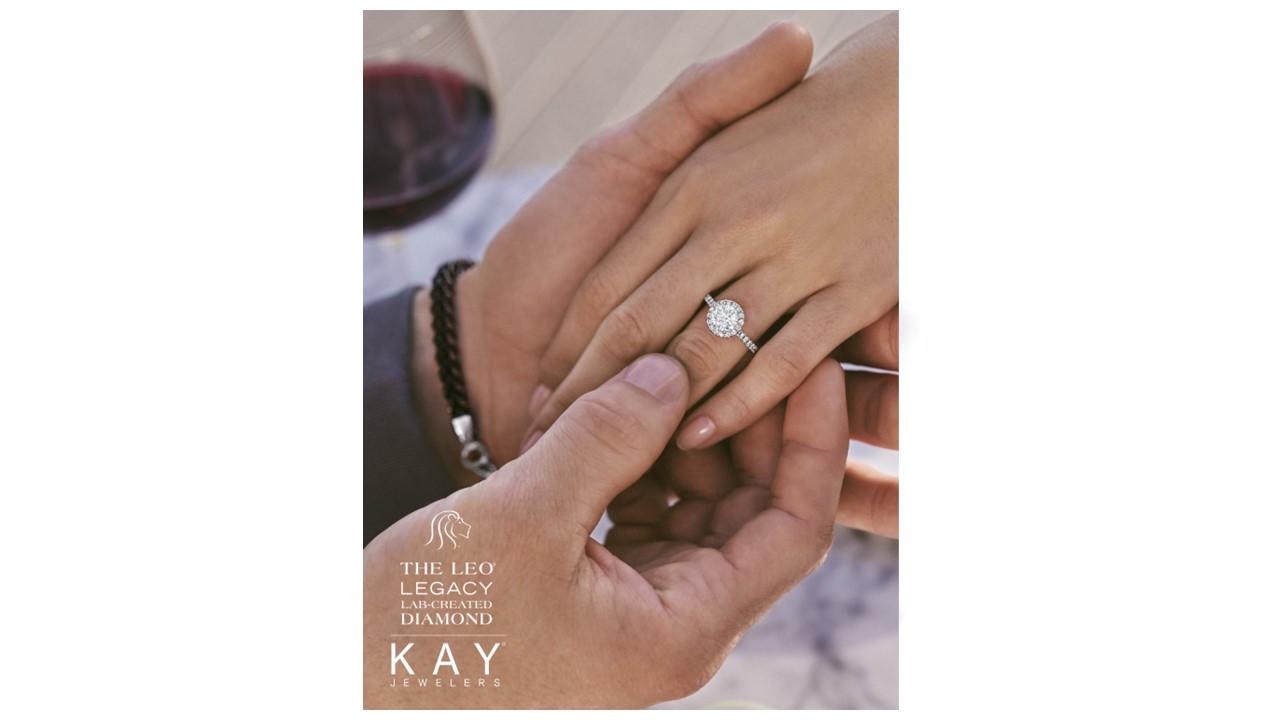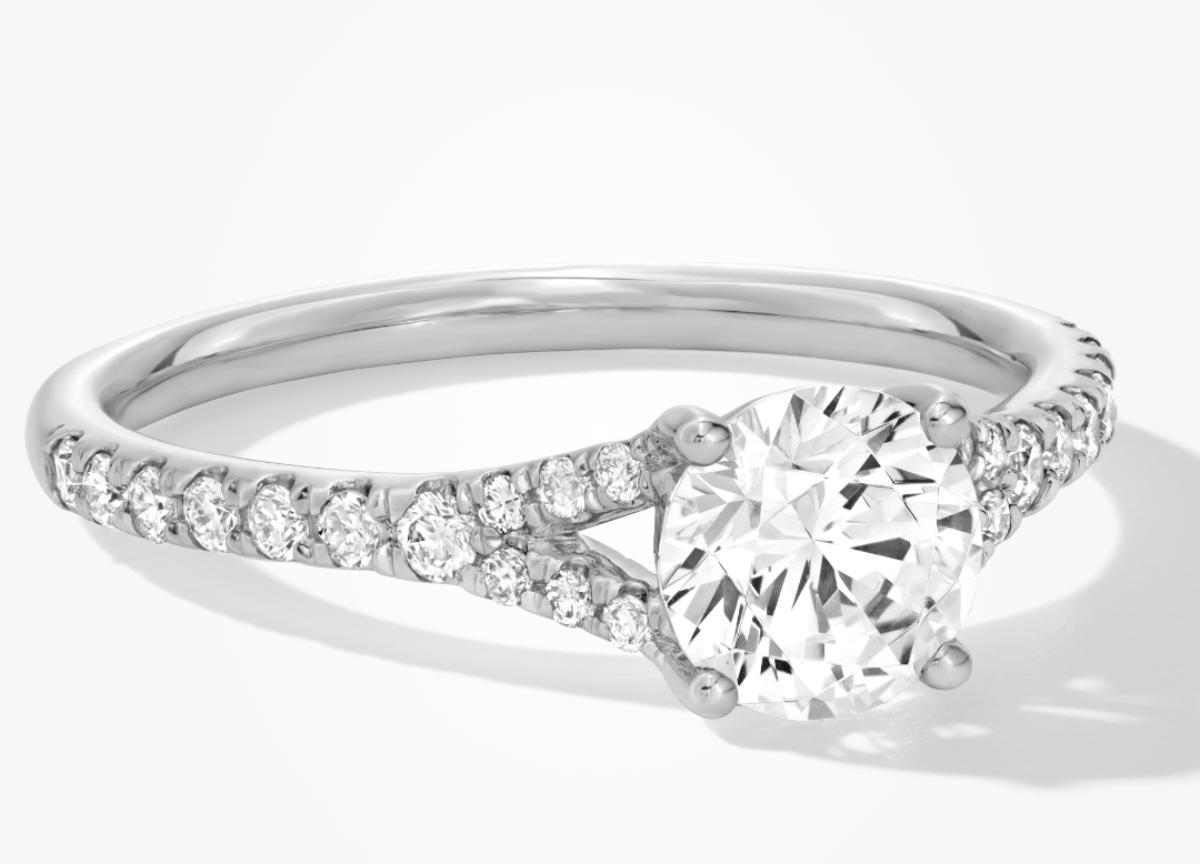Many Are Choosing Lab-Created Diamonds — But Are They a Good Investment?
Lab-created diamonds cost less and don't require mining, unlike natural diamonds. But are lab-created diamonds worth anything in resale value?
Dec. 16 2022, Updated 11:03 a.m. ET

If you’ve noticed any jewelry commercials this Christmas season, you might have wondered about the most valuable gemstones. Although the diamond has held symbolic and real value for decades, some consumers worry about ethical issues related to diamond mining. Synthetic diamonds are becoming popular, but are lab-created diamonds worth anything?
In some places, including the U.S., the diamond is symbolic of love and often used in engagement rings as well as other high-end jewelry. However, due to the cost and ethical concerns, some shoppers would prefer to buy lab-grown diamonds. If you aren't sure what a lab-created diamond is, here’s a rundown of how they’re made.
Lab-created diamonds are chemically identical to naturally formed diamonds.

According to Brilliant Earth, lab-created diamonds are also called lab-grown diamonds, man-made diamonds, engineered diamonds, and cultured diamonds. They're made of actual carbon atoms in a lab-controlled environment which duplicates the natural process that occurs to produce diamonds deep within the Earth's crust.
Many consumers are choosing lab-created diamonds today for a few reasons. One is the aesthetic reason: lab-grown diamonds are virtually indistinguishable from "real" or natural diamonds, at least to the naked eye. Only someone with specialized equipment can tell the difference between natural and lab-grown diamonds.
Lab-created diamonds are available in both colorless and colored versions. Whether you purchase the colorless lab grown diamonds or colored versions, they're still going to be generally cheaper than their natural diamond counterparts.

This ring of lab-created diamonds looks identical to those with natural diamonds.
For some jewelry lovers, the lab-created diamond is a more ethically responsible choice than a natural diamond. This is because diamonds require mining, which can cause soil erosion, deforestation, and destruction of ecosystems. In addition, the "blood diamond" industry has financed civil wars through diamond mining in some nations.
Finally, lab-created diamonds are usually less expensive than natural diamonds. Statista reported that synthetic diamonds cost 30 percent to 40 percent less than natural diamonds, making them much more affordable to consumers with the same appearance.
Do lab-grown diamonds have any resale value?
The one potential downfall of lab-grown diamonds is the resale value. Lab-created diamonds don't hold value the same way as natural diamonds. Value of each type of diamond depends on cut, clarity, color, shape, and size, but lab-grown diamonds can have little to no resale value, according to Alberta Diamond Exchange.
If you'd like to purchase lab-created diamonds, it's best to buy them purely for enjoyment and not as an investment. Since many people prefer to keep their diamond jewelry for decades or a lifetime, they can be a more economical and ethical choice. Natural diamonds' resale value may be around 50 percent of their original value.

According to Brilliant Earth, the lab-grown diamonds have other advantages besides the lower cost and lack of mining. They can actually be more beautiful because of brighter quality and higher purity, with fewer defects than natural diamonds.
It's also easier to find unique colors of lab-grown diamonds that aren't found in nature. Many jewelry suppliers can provide tracking on the origins to avoid buying from places that treat workers or communities unethically.
Are lab-created diamonds the same as cubic zirconia?
No, a lab-created diamond isn't the same as cubic zirconia (CZ). Cubic zirconia is what's called a diamond simulant, which means it bears a similar appearance to a real diamond but doesn't have the same makeup with real carbon crystals. Another diamond simulant is moissanite.
CZ and moissanite are much cheaper than lab grown diamonds and are fairly easy to distinguish from natural and lab-created diamonds with the naked eye. So for someone like a teenager who has a much smaller budget, these diamond simulants can be a nice alternative to diamonds, but don't hold the same appeal as far as status (and don't look genuine).
